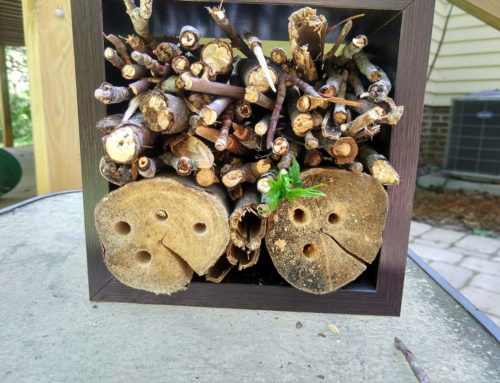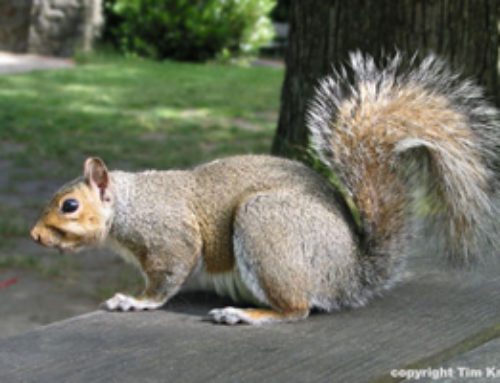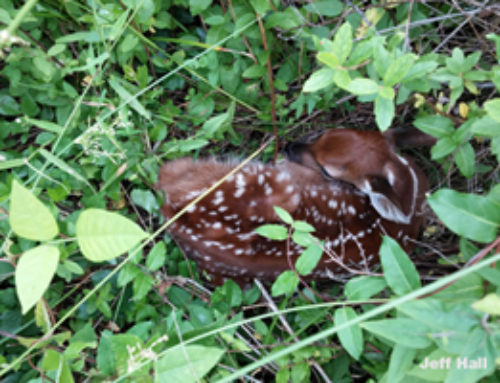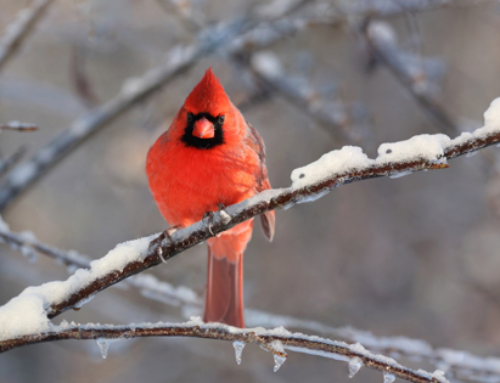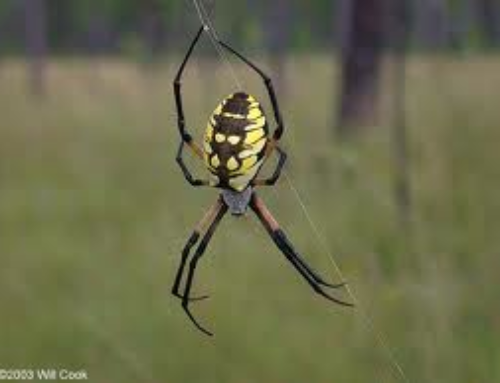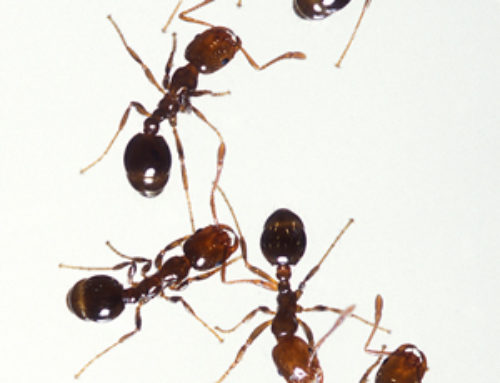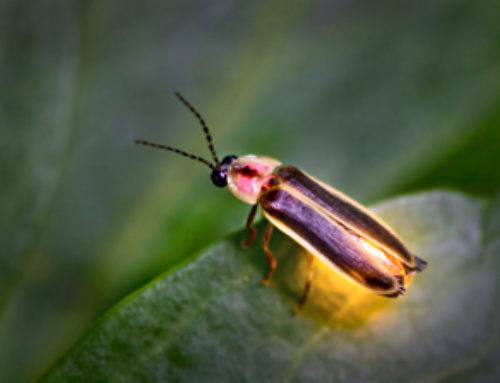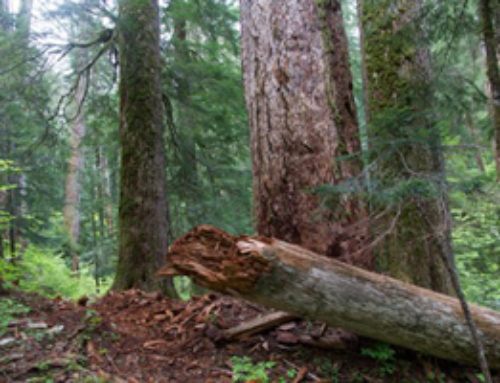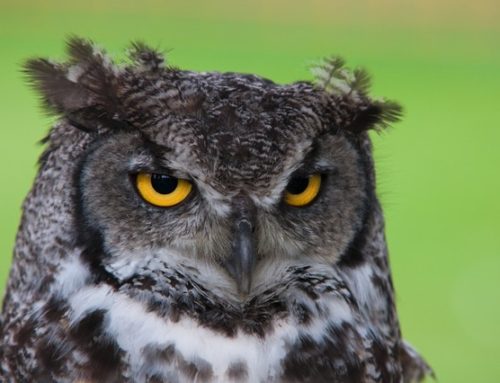If you visit our West Branch Nature Preserve, you’ll see evidence of beavers at work. It’s thanks to a beaver dam that we have the pond on the stream – you can see where the beavers gnawed the trees! Look for beaver lodges too. Beavers are little civil engineers!
They are large rodents – in fact, the largest rodent in North America. They can weigh 30 – 60 pounds, with dark, very thick fur. Beavers have very large front teeth (called incisors) and strong jaws. This is how they are able to cut down trees. A beaver’s tail is wide and flat and has no fur. When a beaver slaps its tail on the water. it makes a loud sound. Beavers generally mate for life, and a couple will have one litter a season – usually born between March and May. There may be one or as many as 8 “kits” in a litter. The young stay in the family group for a couple of years. Family groups work together to maintain their lodges and dams.
Beavers are shy and nocturnal – which means they do most of their work at night. Beavers eat the inner layer of wood beneath the bark of the tree, and they eat other plants. Beavers were almost hunted to extinction in the 19th century, because people wanted their fur. Fortunately the efforts to restore them to the environment have been successful, and beavers are found throughout North America. They are found in North Carolina in every watershed system.
Beavers are considered a Keystone Species – one that is so important to an ecosystem that the ecosystem will collapse without its presence. Beavers build and maintain dams that form wetlands, and wetlands promote great biodiversity. Read more about beavers and more about Keystone Species.






